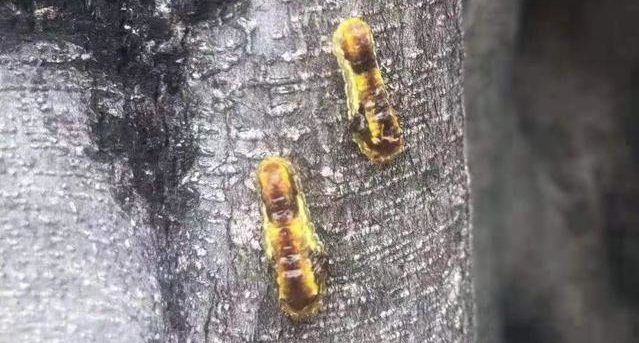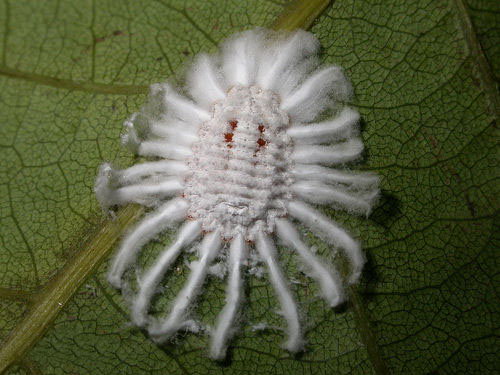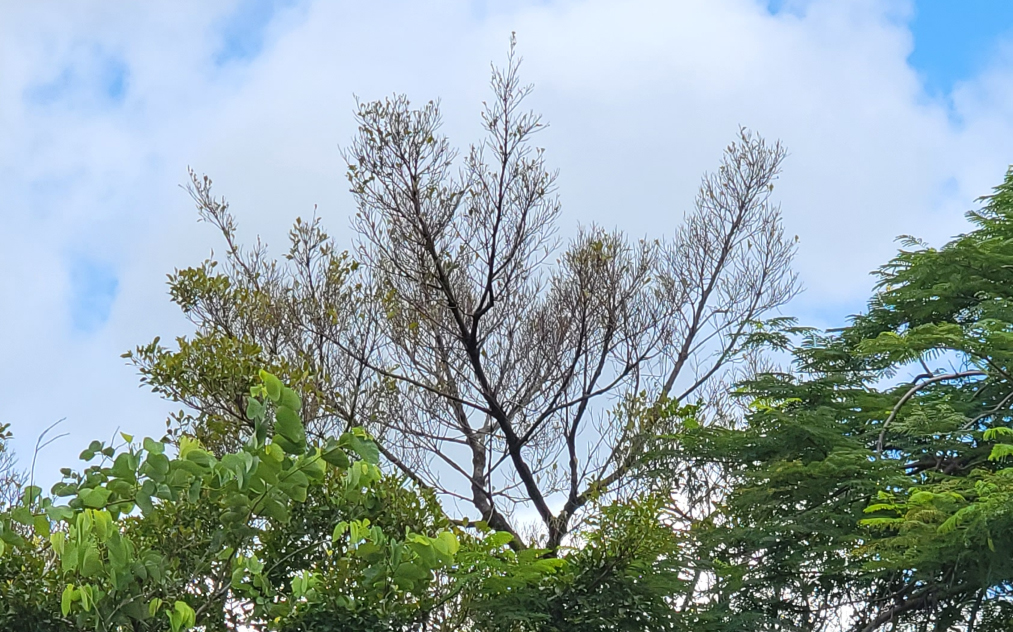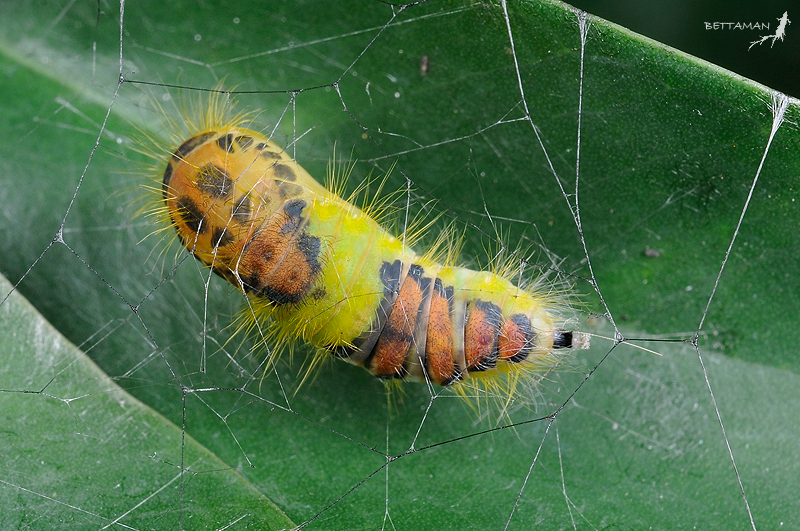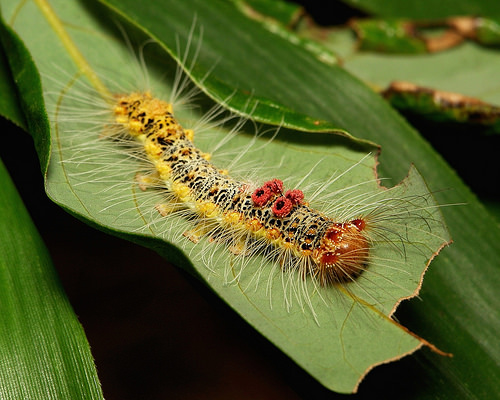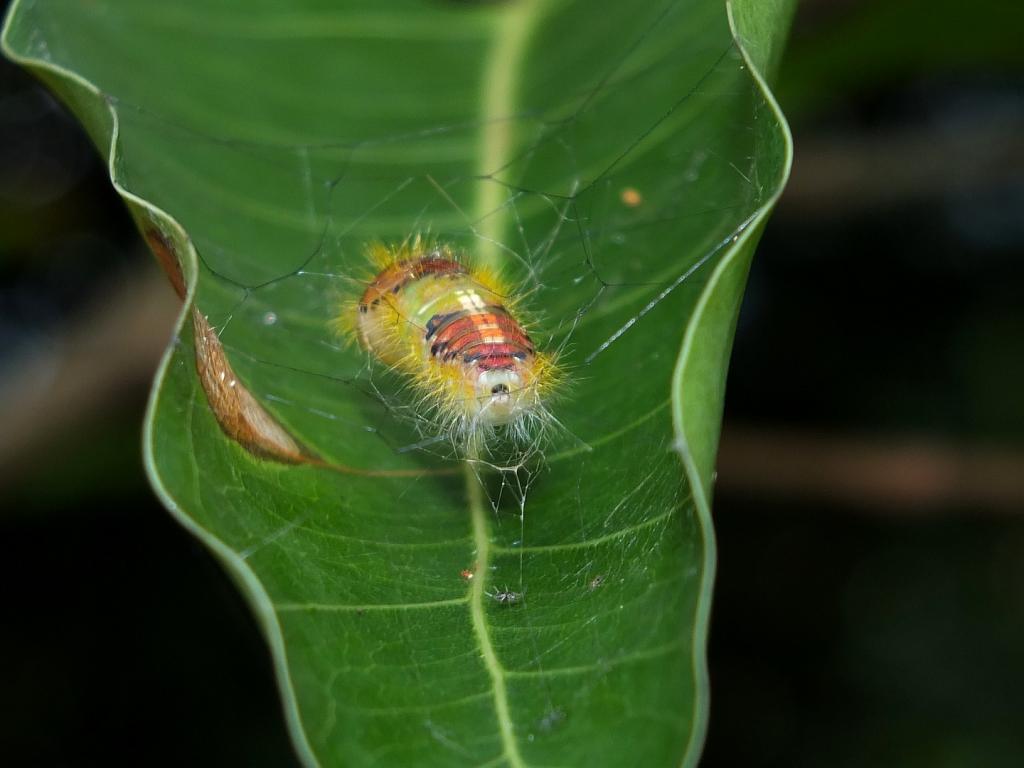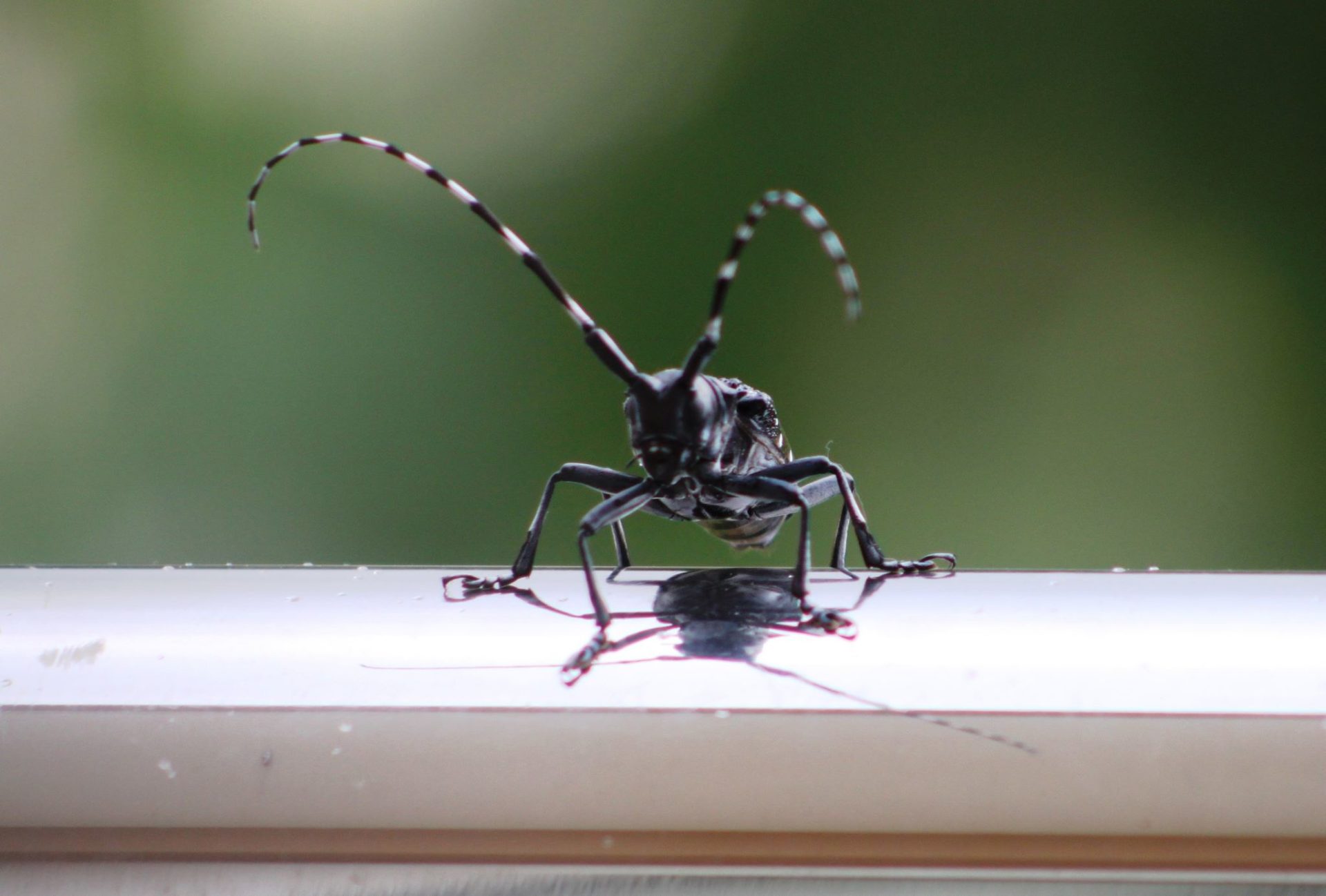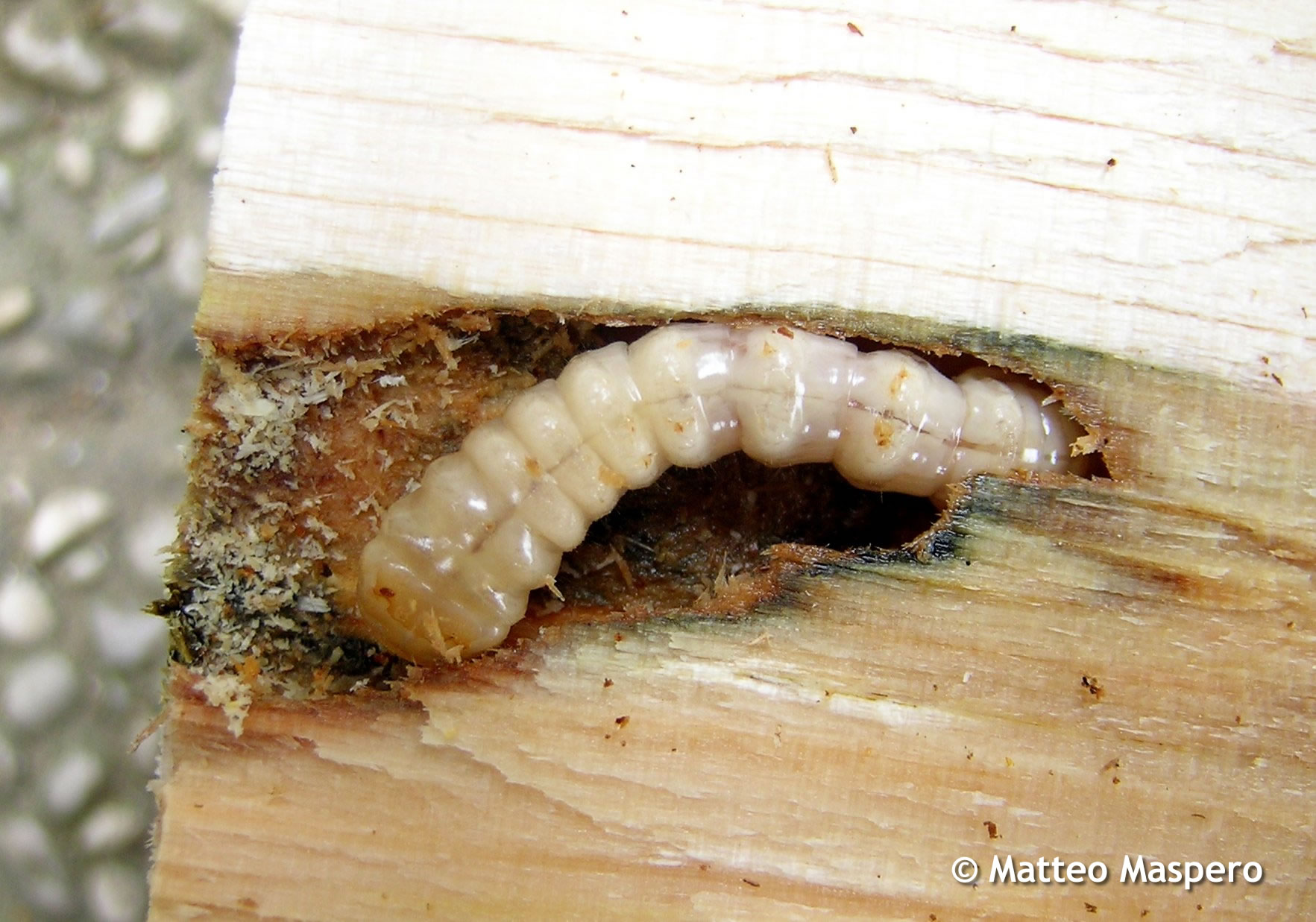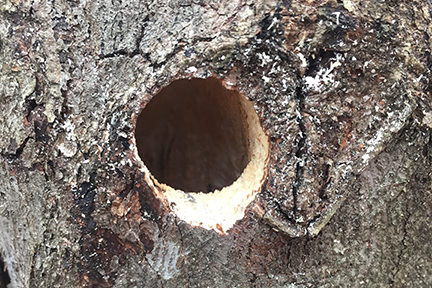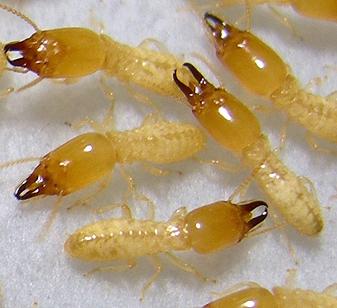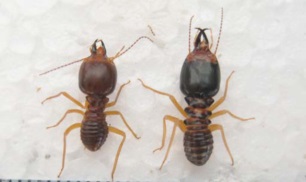Insects and mites that feed on plants have different feeding behaviors, which include chewing, piercing-sucking, mining, boring, or galling. The majority of insect and mite pests that attack ornamental plants growing outdoors have piercing-sucking or chewing mouthparts.
Some insects target specific species of plants while others specifically target unhealthy plants. It is important to clearly identify the type of insect to determine the necessary treatment. It is also very important to determine the reason why a tree or plant is being targeted. If the plant has been damaged by a typhoon or is growing in poor soil conditions, it is also important to rectify the origin of the problem, not just the secondary problem to improve success.
We often categorize insects by the way they attack plants. This includes chewing, sucking, mining, boring, and galling:
Chewing Insects
Insects with chewing mouthparts include beetles, caterpillars, grasshoppers, weevils, and earwigs (although not considered insects, snails and slugs have chewing mouthparts and can impact plants). Chewing insects physically remove portions of leaves or flowers directly, or consume entire plant parts.
What to look for?
Chewing insects can clearly be identified by their impact on leaves or needles.
- Loss of leaves out of season
- Holes in leaves
- Skeletonization of leaves
Types Chewing Insects
- Termites
- Leaf Beetles
- Leaf Miners
- Caterpillars (Moth and Butterfly)
- Webworms and cankerworms
Sucking Insects
Sucking insects live by sucking nutrients and sap from plants with their needle-like mouth. They will often attach themselves to the stem of branches and feed on plant nutrients that are coming up the tree from the roots. These pests may go undetected for years because they are so small. and their population can grow over time
Insects with piercing-sucking mouthparts include aphids, whiteflies, mealybugs, soft scales, and thrips. These insects insert their mouthparts into the vascular tissues of plants, primarily in the food-conducting tissues (phloem), and withdraw plant fluids. This results in plant wilting, stunting, and leaf distortion. A number of insects, including certain leafhoppers and spittlebugs feed within the water-conducting tissues (xylem).
Insects with piercing-sucking mouthparts that feed in the phloem may produce large quantities of honeydew, a clear, sticky liquid. Free amino acids, essential in the production of protein, are very important to phloem-feeding insects. These insects require protein (in the form of amino acids) for development and reproduction. To obtain the necessary quantities of amino acids, insects must consume large amounts of plant sap, which contains an assortment of other materials in larger quantities than amino acids. The excess is excreted as honeydew. Also, phloem-feeding insects possess carbohydrases such as amylase and a pectin-hydrolyzing enzyme that break down the middle lamellae of plant cell walls. Insects that feed within the phloem (such as aphids, mealybugs, whiteflies, soft scales, and certain plant bugs) tend to exhibit a high degree of host specificity because certain plant-specific chemical compounds tend to serve as important host selection cues. This is why, for example, that aphids may prefer certain cultivars of chrysanthemum to others.
What to Look For?
Loss of needles or premature leaf drop
Sticky sap or honeydew – insect excretion
Sooty mold coating
Diagnostic Guides
Learn about common insects and mites with our diagnostic guides. Each one contains signs and symptoms, treatment strategies, and treatment expectations designed to help you properly diagnose the problem and provide effective solutions.
Reference: University of Illinois Extension Newsletter

